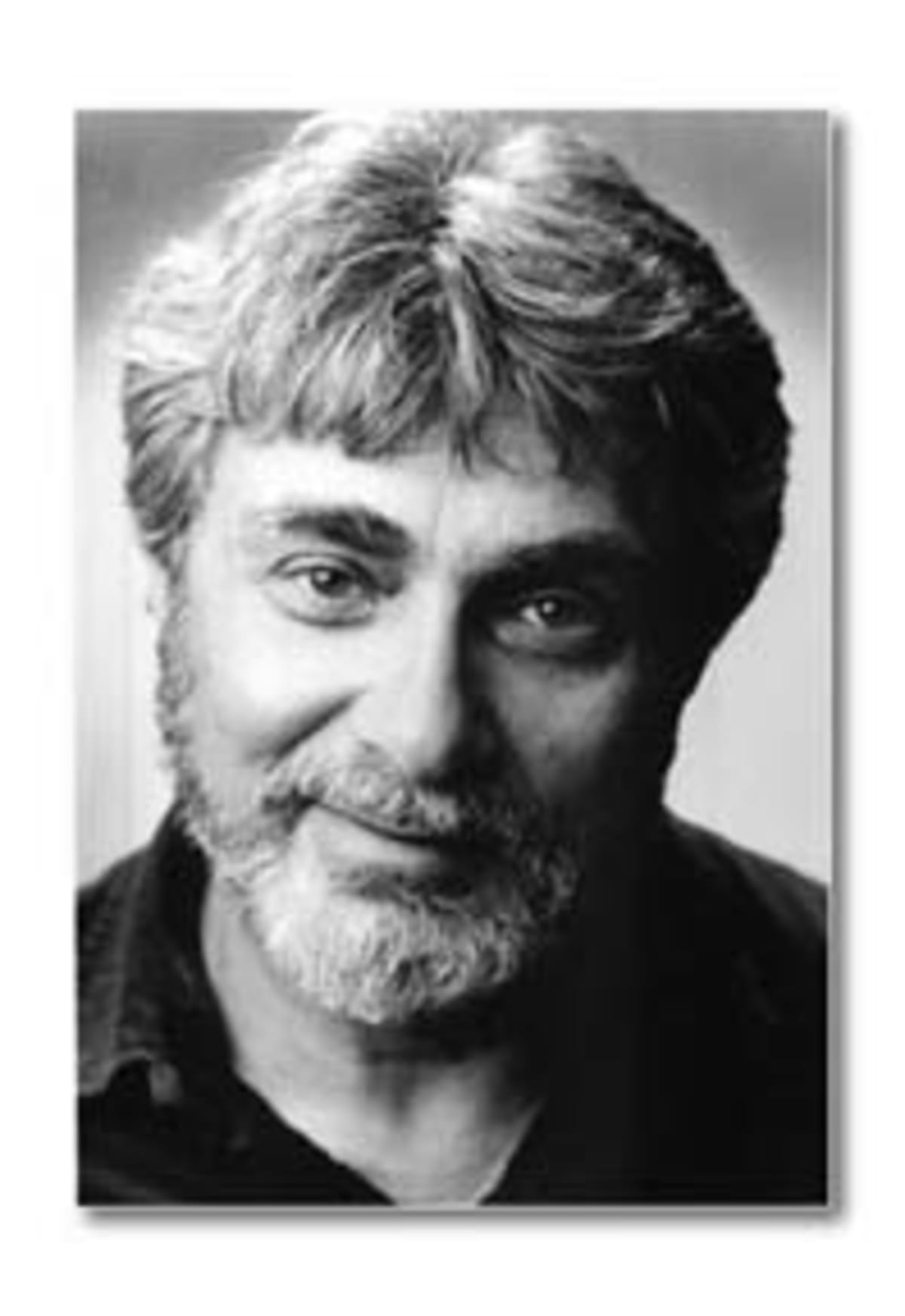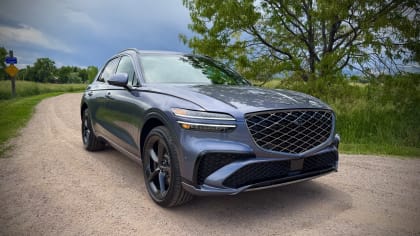Luxury Defined
Published on Fri, Mar 21, 1975
By: Len Frank
An unfinished manuscript by Len Frank, previously unpublished

Note: In this piece of work, we gain insight into how Len approached the researching of a new article, and how he gathered information to help frame the piece. It is presented unedited and in complete, however it still tells an interesting story.
LUXURY:the use and enjoyment of the best and most costly things that offer the most physical comfort and satisfaction
OPULENCE: wealth, riches, abundance
ELEGANCE: dignified richness and grace, as of design, style; restrained opulence, tasteful luxury.
TASTE: the ability to notice, appreciate and judge what is beautiful, appropriate, or harmonious, or, what is elegant.
HEDONISM: a philosophy that holds delight and pleasure to be the highest happiness.
In the following, substitute “cars” for “houses”:
“In the modern world, the idea that houses can be loved and beautiful has been eliminated almost altogether. For most of the world’s housing, the task of building houses has been reduced to a grim business of facts and figures, an uphill struggle against the relentless surge of technology and bureaucracy, in which the human feeling has almost been forgotten. What happens there is something remote from feeling, an almost disgusting concern with opulence, with the taste of the marketplace, with fashion. Here too, the simple values of the human heart do not exist.”
from The Production of Houses by Christopher Alexander
from Maurice Hendrys revue of Ian Lloyds book on RR:
“…Cadillac, along with Packard, was largely RR`s engineering standard and technical inspiration…”
“We detest pioneering.” Sir Henry Royce
“Ours is not a company of change” Col. Clifton
“Royce was the company’s greatest technical asset before World War I, and subsequently the greatest bottleneck. By the early twenties he had run out of ideas for both automobile and aero engines and the company had little idea of where it was going.The few moves it did make were conservatively based on the best American practice, such as the Buick inspired Twenty of 1922. And for the next act, Royce merely scaled up the Twenty engine and installed it in the Ghost chassis!” MH
“One of the difficulties of Royce’s design philosophy of `copying and improving’ was having to fit other makers’ advancements onto a chassis not designed for them…”MH
“Even the Phantom II was “not good enough,” wrote Hives (Ernest Hives, Derby works manager) in a “strongly-worded” memo. It had “no outstanding merit…other cars are most silent, have less vibration, and a better performance…” Rowbotham said that in handling, noise level, and riding comfort, the PII was inferior to the best American cars…
“…we are …being surpassed by the Americans in particular respect of those features on which our name and reputation have been built up.”Arthur Sidgreaves, Managing Director, Derby works
“The Phantom III reminds me of the RB211 turbofan. In both cases, RR was prodded by superior American competition into tackling a highly involved technical job that was really too much for them.”MH
Of the Silver Wraith and Bentley Mk VI, Rowbotham wrote:”We have eliminated all extravagances except the servo gearbox, and have nothing that is not included in some American $1,500 specification.”
Luxury, like beauty, is in the eye and mind of the beholder. At the turn of the century, most any auto, along with indoor plumbing, central heat, and fresh fruit in the winter, was a luxury.
In 1930, a year chosen only for convenience, a Ford Model A cost about $500, a Lincoln about ten times that amount. The Ford would go about sixty miles an hour. On the right day, the right Lincoln might top ninety. The V-8 Lincoln was infinitely smoother than the four cylinder Ford, and, with a chassis that was very similar in design, rode and handled far better, had better brakes, made less noise, had more room, was more durable (though it probably required more maintenance over its life), and, to most eyes, was more beautiful. It was upholstered with luxurious fabrics or leathers, used inlaid wood trim , rare chrome or German silver–or perhaps even real silver or even gold–trim. It had power brakes and a one-shot lubrication system, and maybe, just maybe, a radio. I suggested the Ford and Lincoln as a comparison because, as products of the same company, they shared common technologies and even most of the same designers. What was available to one was available to the other. It was the price differential and the market intention that created the differences. Now make the same comparison today.
The Lincoln Town Car and the Ford LTD Crown Victoria are near-identical automobiles made by the same workers on the same production lines, designed by the same engineers, then customized” to become Fords, or Lincolns (or Mercurys). The differences are superficial–primarily cosmetic with certain items standard on the more expensive versions–except as regards price.A Lincoln is about a third more expensive than a similarly equipped Ford. The Lincoln might have ever-so-slightly a better ride or be a fraction of a decibel less noisy–and, as one might suspect, either of the modern cars will outperform its ancestor in every substantive category.
What, then, determines the difference in price? There is some additional cost involved in the Lincoln, primarily in better paint and upholstery–not of much significance. Of more importance is an increased level of warranty service. Lincoln owners are more carefully looked after than Ford owners. Again, the cost of this is not of much importance. The real cost differences in pricing for position:items that cost more attract more affluent buyers, or buyers who assume the posture of affluence, or those who assume that the more expensive product is the superior product.
At one time, however, the cost differential between luxury cars and their mundane road mates was quite real. Using the 1930 Ford and Lincoln again, we find the Lincoln using better metallurgy, far superior machining, selective assembly, better performing purchased components like shock absorbers, carburetor, brakes, and especially, coachwork. Further, production volumes were so low on the Lincoln that there was no economy to be found in mass manufacturing, so, naturally, real production tooling was at a minimum
Extend this to Rolls-Royce: despite obsolete design, the Rolls-Royce of the era was built without much regard for cost. Engine silence and smoothness were guaranteed by an extraordinary amount of hand fitting and assembly, which, in turn, were guaranteed by R-R’s slight investment in automatic precision tooling–which guaranteed an extraordinarily high price (a Rolls-Royce chassis cost two-to-three times more than a complete Lincoln).
FEATURE LIST
AUTOMATIC TRANSMISSION
Number of speeds
Number of ranges (power, economy)
Control feel p/f/g/e
Quadrant repeater
Automatic park brake release
Manual available
POWER STEERING & COLUMN
Feel p/f/g/e
Variable boost
Variable rate
Telescoping/range
Tilt/range
Manual available
SEAT
Power:up/down
Fore/aft
Tilt
Lumbar
Lateral support (adjustment)
Power headrests f/r
Heat
POWER WINDOWS
Automatic up/down
Vents
Shades
Tint
Top image: Interior of the Bentley Flying Spur (media image courtesy of Bentley Motors Limited)

The late Len Frank was the legendary co-host of “The Car Show”—the first and longest-running automotive broadcast program on the airwaves. Len was also a highly regarded journalist, having served in editorial roles with Motor Trend, Sports Car Graphic, Popular Mechanics, and a number of other publications. LA Car is proud to once again host “Look Down the Road – The Writings of Len Frank” within its pages. Special thanks to another long-time automotive journalist, Matt Stone, who has been serving as the curator of Len Frank’s archives since his passing in 1996. Now, you’ll be able to view them all in one location under the simple search term “Len Frank”, or just click this link: Look Down The Road. – Roy Nakano




